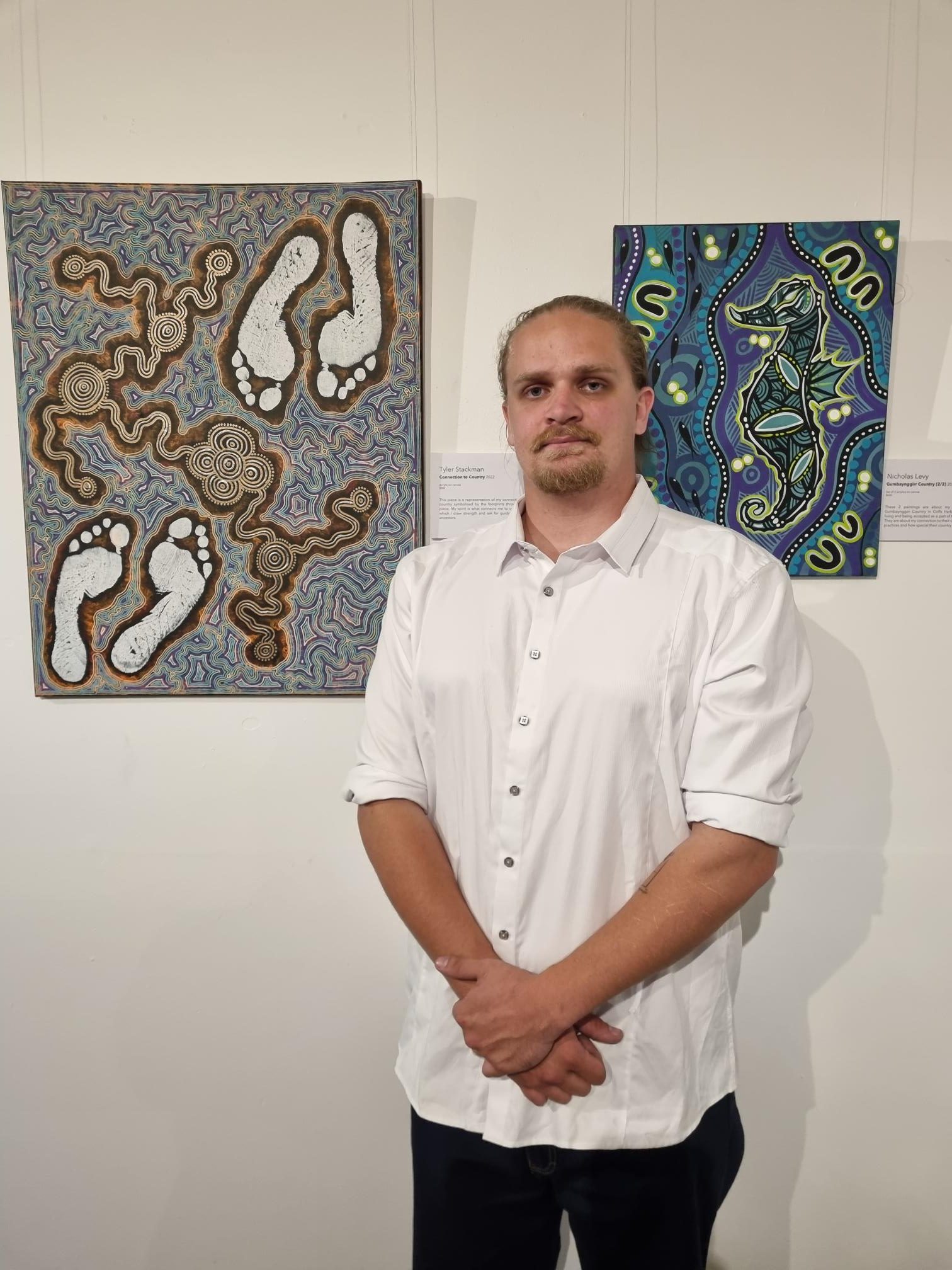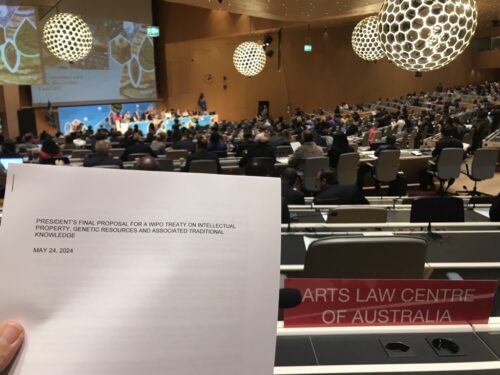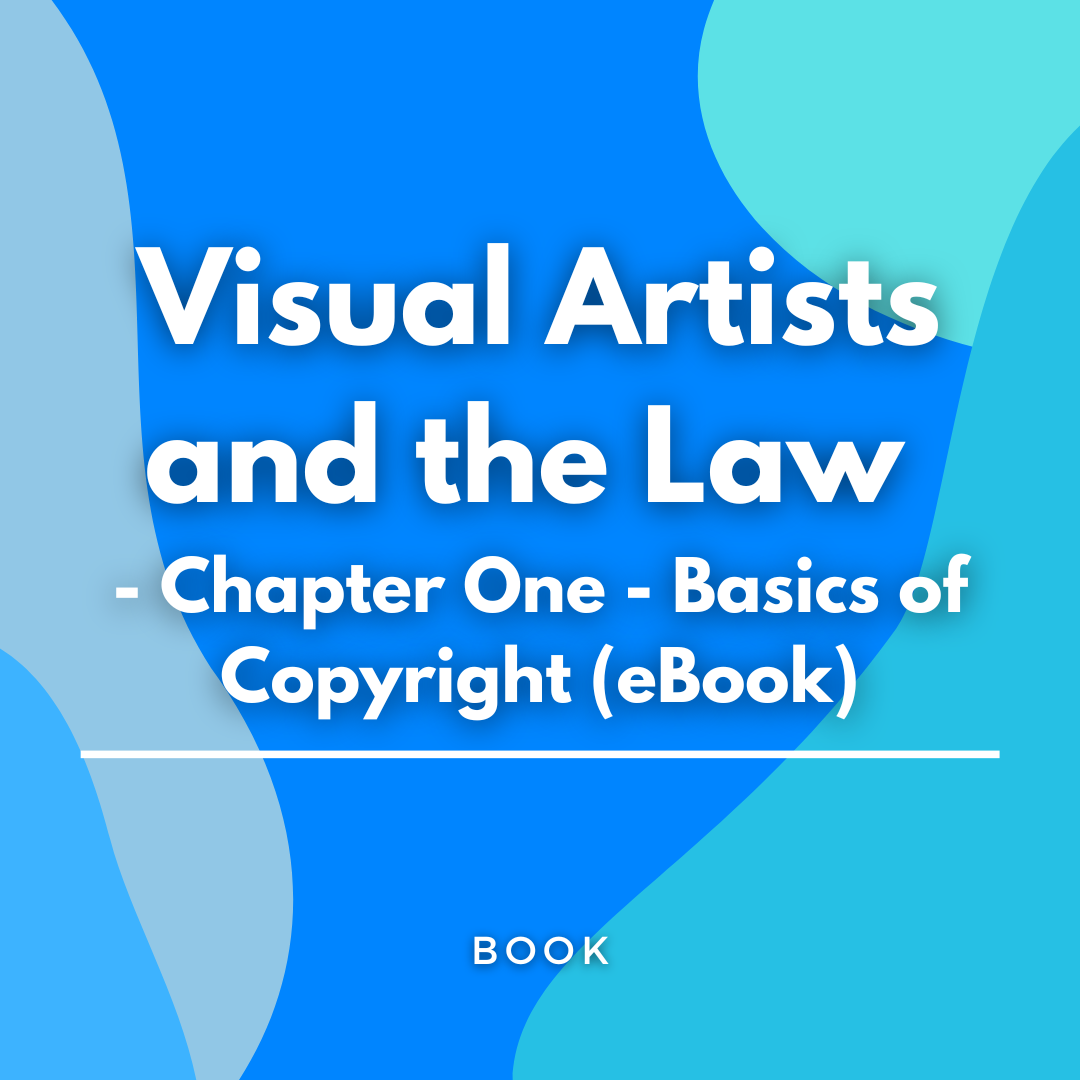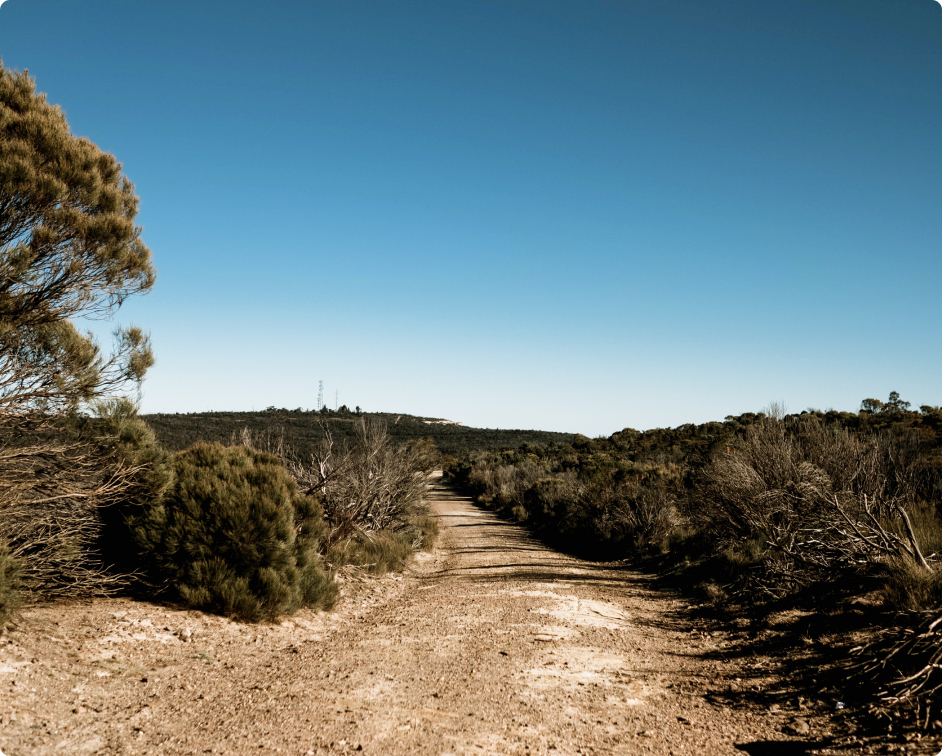Book Review: Colin Golvan’s Protecting Indigenous Art: From T-shirts to the Flag

Book review by Cassia Glynn Bray, Arts Law AITB Paralegal and Jess Im, Arts Law Paralegal and UTS Law Student. Cassia Glynn Bray is a Kaytetye and mixed heritage woman living and working on Dharawal and Gadigal country.
Protecting Indigenous Art highlights the opposing notions of western individual property ownership and authorship that underpin Australian copyright law, and Indigenous values centering community, country, and mutualistic responsibility.
In Chapter One, Golvan introduces copyright law as a key legal framework that has been successful at protecting the rights of individual Indigenous artists, while also being fundamentally limited by its western notions of authorship, ownership, and the author’s lifetime plus 70-year duration period. Golvan also acknowledges that many of the internationally recognised, commercially successful artists at the centre of these landmark cases also live (or lived) with unacceptable levels of disenfranchisement and injustice due to genocide, colonialism and racism.
Chapter Two sets the scene: it is Australia’s bicentenary year and Golvan is travelling from Melbourne to meet Ganalbingu artist Johnny Bulun Bulun in Garmedi, a remote community in central Arnhem Land. He is building evidence that Bulun Bulun’s art and process is ‘original’ under the Copyright Act 1968 (Cth) (the Act). Shockingly, this is controversial – it was widely accepted at the time that “traditional” Indigenous art was not protected under the Act and that Indigenous artists who create from their traditions, stories, and songlines lack ‘authorial originality’.
Chapter Three details the 1989 case of Bulun Bulun v Nejlman Investments Pty Ltd. Golvan explains that in 1987 Nejlman Investments began reproducing well-known bark paintings by Bulun Bulun and several other artists on T-shirts. No permission was ever sought from the artists. Background evidence was supplied to the court demonstrating that the harm done to the artists transcended economic loss. Bulun Bulun stated he felt greatly hurt and embarrassed by the misuse of his art, and that this had forced him to stop painting altogether until the matter was resolved. His paintings were important for the cultural wellbeing of his community, and for the financial wellbeing of his family – being forced to stop caused great harm. Affidavits from curators, gallery leaders, and academics were also considered. These demonstrated that the creative process behind the bark paintings was precise and laborious, and that each artist was highly skilled and had invested a huge amount of time and effort into developing their own styles. Affidavits also stated that while many Indigenous artists paint from the same cultural stories, their skill and individual styles make their work original. This was reflected in the high prices commanded by the artists, and their popularity in high profile exhibitions. By the end of the case, production of the T-shirts ceased, and $150,000 compensation was paid to the artists and their communities.
Chapter Four considers a less successful case, in which Waramiri artist Terry Yumbulul brought an action against the Aboriginal Artists Agency of the Reserve Bank of Australia. Yumbulul had cultural authority within his community to make and sell Morning Star Poles – important ceremonial objects in East Arnhem land – to museums for public education and awareness. One of these Morning Star Poles was used on a bicentenary $10 note. He stated that proper permission was never obtained for the image to appear on the bank note, and that appearing in that manner was inappropriate and harmful. Yumbulul and the Reserve Bank reached a settlement, but the judge decided that Yumbulul had given permission to the Aboriginal Artists Agency by signing a licence agreement. The judge did acknowledge that “it may be that greater care could have been taken” by the Agency in their treatment of Yumbulul and his community.
In Chapter Five, Golvan considers Indofurn Pty Ltd, which impermissibly reproduced a range of paintings by prominent Arnhem land artists on carpets between 1992 and 1994. Permission was only sought after the carpets were being manufactured and sold, and a paltry 1.7% per carpet sold was offered to the artists. During the proceedings, one of the artists explained that he was in a position of cultural authority and managed the story depicted in his painting; other community members needed to come to him for permission to re-tell the story. The misuse of his painting was a grave insult to him, not only as an artist but also as a community leader. Another affected artist described how her community held her personally responsible for the misuse of cultural imagery, and that she was now in a position of mistrust. All artists involved described the experience as distressing and hurtful. The decision maker awarded $190,000 plus $70,000 interest to the artists affected. Disappointingly, Indofurn became insolvent, and damages were never paid.
In Chapter Six, Golvan considers copyright law’s failure to recognise Indigenous communal ownership through the case of Bulun Bulun & Anor v R & T Textiles Pty Ltd [1998] FCA 1082. R & T Textiles who had reproduced elements of Johnny Bulun Bulun’s Magpie Geese and Water Lilies at the Waterhole on fabric, without permission, consented to declarations to the effect that Bulun Bulun’s copyright had been infringed, and had agreed to permanent injunctions. What happened next was that George Milpurrurru, a member of the artist’s clan, the Ganalbingu people, brought proceedings in his own capacity as a separate party to Bulun Bulun, and as a representative of the Ganalbingu people, who he claimed were the equitable owners of the copyright subsisting in the artwork. R & T’s depictions of the waterhole on the textiles were regarded by the community as a spiritual desecration that impacted the whole community. Golvan describes that the Djungayi (manager of ceremony) for the sacred site gave evidence that Bulun Bulun needed to consult with him and other community members first before depicting the water hole, and to prevent the image from being misused. Justice Von Doussa ultimately dismissed the proceedings brought by Milpurrurru having found that the relationship between Bulun Bulun and the Ganalbingu people was a fiduciary relationship (“the artist is required to act in relation to the artwork in the interests of the Ganalbingu people to preserve the integrity of their culture, and ritual knowledge”). Because Bulun Bulun had taken appropriate action to enforce the copyright in Magpie Geese and Water Lilies at the Waterhole and had fulfilled the obligations he owed the Ganalbingu people by taking action to enforce copyright, Justice Von Doussa found there was no need for any further remedy in favour of the clan.
With regards to the vast fakery market, Golvan considers the 2018 case of Birubi Art Pty Ltd (2018) in Chapter Seven. A non-Indigenous outfit, Birubi sold a range of fake, “Aboriginal-styled” products intended for tourists. These products were manufactured overseas but were not labelled as such. Golvan notes that it is interesting that Ben Wooster, one of the owners of Birubi, reappears in the story of the contentious ownership of copyright in the Aboriginal flag. The Australian Competition and Consumer Commission’s (ACCC) case focused on the fact the Birubi had made implied representations that the products were made by “Australian Indigenous persons”. $2.3 million was awarded but Birubi went into insolvency and this was not paid.
In Chapter Eight Golvan discusses cultural heritage protection and intangible Indigenous cultural heritage protection. The need for registration in Victoria’s Aboriginal Heritage Act 2006 is identified as being contradictory to cultural knowledge that must be protected by remaining with cultural custodians. The wording of the act also makes it mostly irrelevant to the protection of works of art. Golvan also considers that out of the $250 million earned by Indigenous arts and crafts, only about 10% was passed onto Indigenous artists and $54 million was spent on inauthentic Indigenous styled souvenirs. Golvan emphasises the need for improved enforcement of existing laws and funding for relevant bodies. Finally, Golvan highlights Dr Terri Janke’s True Tracks method, and non-legal approaches geared towards achieving fair treatment of artists and Indigenous Cultural and Intellectual Property (ICIP).
Chapter Nine considers the life of renowned Arrente watercolourist, Albert Namatjira, and the journey undertaken by his copyright after his passing. Namatjira’s copyright fell into the hands of the Public Trustee of the Northern Territory after his wife passed without a will. It was then sold by the Public Trustee in 1983 to Legend Press, and did not return to Namatjira’s family until 2017 – only 12 years before it is set to expire in 2029. Because of this, Namatjira’s family and community have missed out on over 30 years of income stemming from copyright in one of Australia’s most iconic and incredibly valuable artistic bodies of work. As Golvan notes, it is hard to imagine that this would have ever been allowed to happen to one of Namatjira’s white contemporaries.
Chapter Ten considers the Aboriginal flag, and the various legal conflicts and concerns that have arisen surrounding it in the years since its creation. At the time of its creation, the Aboriginal flag played a key role in the land rights movement and was the only national flag in the world to be privately owned. In 2022, the Australian government acquired the flag’s copyright.
Thanks to the efforts of artists like Bulun Bulun and legal professionals like Golvan, today, Indigenous art centering traditional stories is protected by the Copyright Act. However, the absence of Indigenous views on cultural knowledge, protection and ownership means that the full scope of the harm caused by art theft to communities is not fully recognised or compensated by the judicial system. When it comes to selling and licensing their art for commercial use, Indigenous artists have a responsibility to their communities, countries, and songlines to ensure that cultural knowledge and imagery is kept protected and strong. At the same time, they are also forced to look out for their own individual interests and copyright when doing business with clients, dealers, and galleries. The outcome of this is that Indigenous artists are forced to navigate opposing western laws and values to enter the commercial market. Families and communities of Indigenous artists can experience issues establishing copyright ownership if the artist or their next of kin die without a will, and the author’s lifetime plus 70-year duration period means that all copyright protection for sacred imagery is only temporary. In addition to all of this, Indigenous artists must also compete with the vast range of foreign made, “Indigenous-type” objects and art products that dominate the souvenir market. The case law explored in this book demonstrates the urgent need for better funding for bodies like Arts Law so that artists are empowered to understand and enforce their rights. It also demonstrates the need for better understandings of Indigenous Cultural and Intellectual Property (ICIP) within the arts and legal industries – something that the Australian Government has committed to help achieve through the implementation of standalone ICIP legislation.




